Curtain Hem Dilemma
fabrichappy
15 years ago
Related Stories
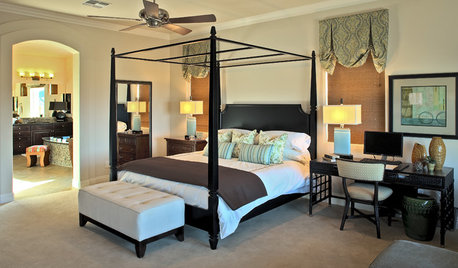
BEDROOMSDesign Dilemma: How to Make a Bedroom Workspace Fit
Whether your bedroom is small or sleep intrusion is a concern, here's how to mix a good day's work with a good night's sleep
Full Story
DECORATING GUIDES7 Common Design Dilemmas Solved!
Here’s how to transform the awkward areas of your home into some of its best features
Full Story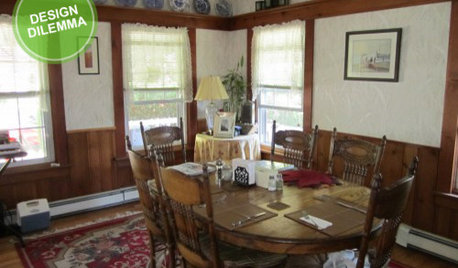
Design Dilemma: Keep or Nix Knotty Pine?
Help a Houzz User Choose a Paint Color for a Cohesive Design
Full Story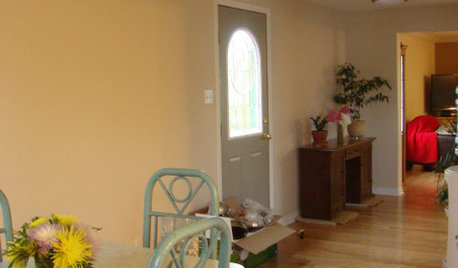
MORE ROOMSDesign Dilemma: Decorating Around an Open Entryway
How Would You Design This Narrow Space?
Full Story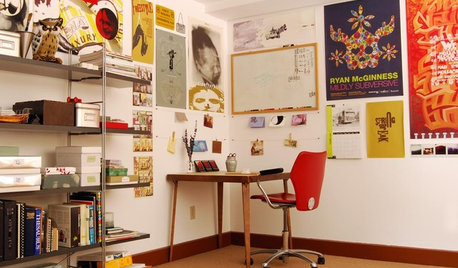
SMALL SPACESDesign Dilemma: Decorating a Dorm Room
How to Create a Stylish Collegiate Abode
Full Story
REMODELING GUIDESDesign Dilemma: How Do I Modernize My Cedar Walls?
8 Ways to Give Wood Walls a More Contemporary Look
Full Story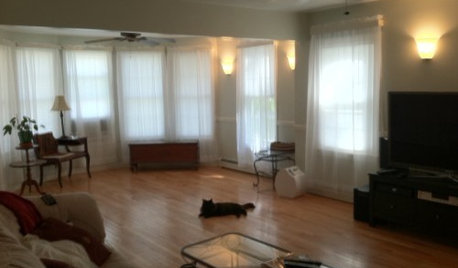
LIVING ROOMSDesign Dilemma: Share Ideas for a Navy Blue Room
Help a Houzz Reader Work With a Bold Choice for the Living Room Walls
Full Story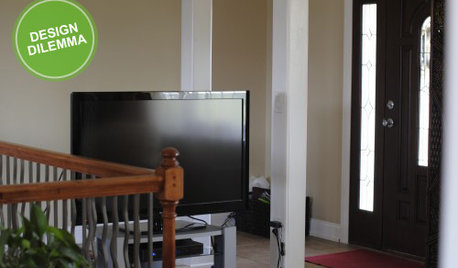
DECORATING GUIDESDesign Dilemma: Where to Put the Media Center?
Help a Houzz User Find the Right Place for Watching TV
Full Story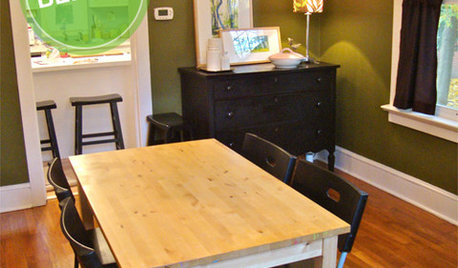
DINING ROOMSDesign Dilemma: My Dining Room Needs Revamping!
Watch a dining-room makeover unfold in the Houzz Questions forum
Full StorySponsored
More Discussions






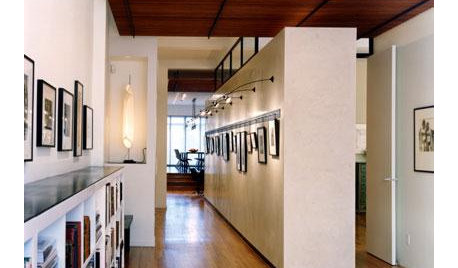
bonnie-w
fabrichappyOriginal Author
Related Professionals
Phoenix Furniture & Accessories · Spartanburg Furniture & Accessories · St. Louis Furniture & Accessories · Park Ridge Furniture & Accessories · Vail Furniture & Accessories · New Providence Interior Designers & Decorators · Rosaryville Interior Designers & Decorators · Austin Furniture & Accessories · Cedar Rapids Furniture & Accessories · San Diego Furniture & Accessories · Aliso Viejo Furniture & Accessories · Fort Carson Furniture & Accessories · Tucker Furniture & Accessories · Lake Magdalene Furniture & Accessories · Key Largo Staircases & Railingsbonnie-w
czechchick2